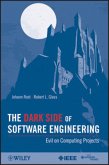
Broschiertes Buch
Evil on Computing Projects
1. Auflage
22. Februar 2011
IEEE Press / Wiley & Sons
14559717000
| eBook, ePUB | 39,99 € | |
| eBook, PDF | 39,99 € |

eBook, ePUB
19. April 2016
Taylor & Francis eBooks
eBook, PDF
19. April 2016
Taylor & Francis eBooks
Ähnliche Artikel
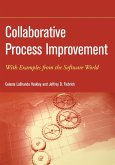
Broschiertes Buch
With Examples from the Software World
1. Auflage
16. März 2007
Wiley & Sons
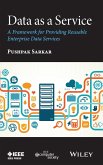
Gebundenes Buch
A Framework for Providing Reusable Enterprise Data Services
1. Auflage
24. August 2015
Wiley & Sons
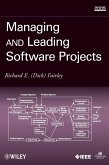
Gebundenes Buch
1. Auflage
1. Februar 2009
IEEE Press / Wiley & Sons
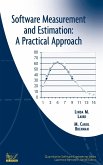
Gebundenes Buch
A Practical Approach
1. Auflage
1. Juni 2006
Wiley & Sons
14667622000


Broschiertes Buch
Principles That Work at Work
2. Aufl.
1. Juli 2004
Wiley & Sons
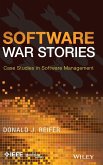
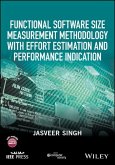
Broschiertes Buch
1. Auflage
3. April 2017
Wiley & Sons / Wiley-IEEE Computer Society Press
1W119238050
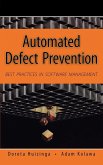

Ähnlichkeitssuche: Fact®Finder von OMIKRON
